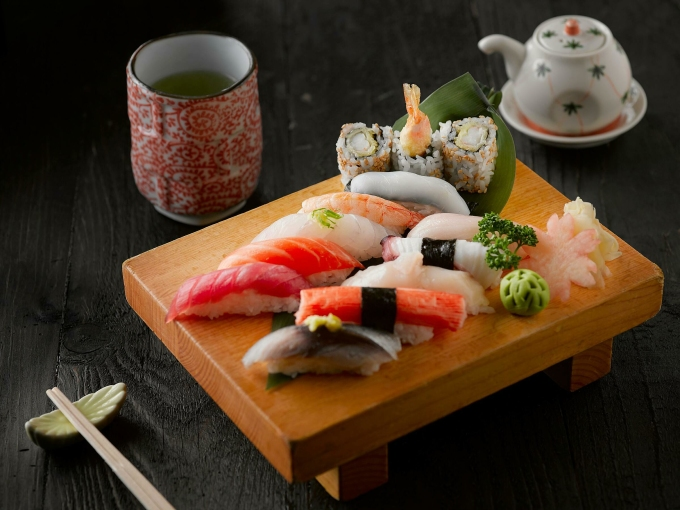World Water Day is celebrated on 22 February. The earth is covered with 70 percent water, out of which only about 3 percent is potable water. The demand for drinking water in India is high but the supply crisis is increasing. Despite a population of more than 1.4 billion, India has only 4 percent of the world's freshwater resources.

Due to rapidly expanding factories and population for development, the limited resources of water are being negatively impacted. People are facing water shortages knowingly or unknowingly due to water wastage and water pollution. At the same time, polluted water also has negative effects on health.
Therefore, many problems can be solved by preventing water pollution and saving water from being wasted. On the occasion of World Water Day, you can find out how pure the water you drink is by using some easy methods, that is, the quality of drinking water can be easily checked at home.
Water color
Take water in a glass and observe its color. If the color of the water is yellow or brown or any kind of particles are visible in it, then understand that the water is of low quality. If a water filter is installed at home, and similar water is coming from it, then it is possible that the water filter needs servicing.
Water transparency
Along with the color of water, the transparency of drinking water also tells about the quality of water. If the color of the water is different or there are any kind of particles in it, then the water will appear cloudy. Even if there are soil particles in the water, it looks cloudy. Such water is not fit for drinking.
Smell of water
If there is any kind of smell in the water then the water may also be impure. Many times the vessel in which you drink water is not washed properly, or some kind of odor has already dissolved in the water, hence the water starts smelling. Therefore, always keep water in a clean vessel.

Taste of water
The taste of drinking water also depends on its quality. But if the water tastes bitter then do not drink it. If there is a metallic taste in water then it may be that metallic impurities like calcium, and magnesium are dissolved in it. If the water tastes like bleach, it may be because chlorine is mixed in it. If the water seems salty then sulphate may be present.
Water container
Also, check the vessel in which you store or drink water. Sometimes the color of the vessel changes due to impurities present in the water. The source of water, such as a tap or pipe, can also change its color. Never drink such water without filtering it.
(PC: ISTOCK)










